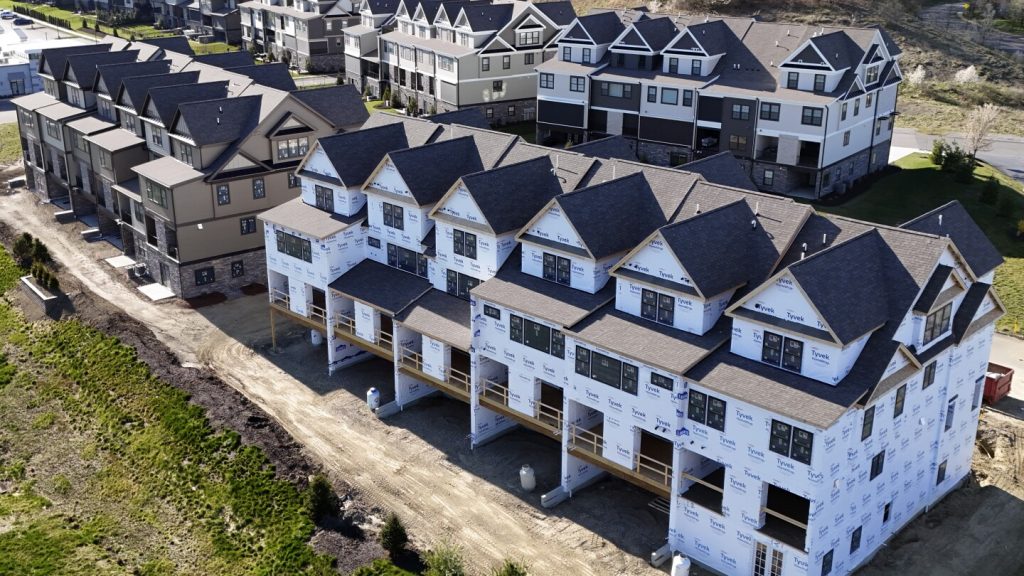The average rate on a 30-year mortgage in the U.S. fell for the second consecutive week, offering some relief to homebuyers facing high prices and a shortage of supply. The rate dropped to 7.02% from 7.09% last week, according to Freddie Mac. This decrease comes after a five-week period of increases that had pushed rates to their highest level since November. Higher mortgage rates can significantly impact borrowers’ monthly costs, limiting their options for purchasing a home. Freddie Mac’s chief economist, Sam Khater, noted that while the decrease in rates is small, it could give prospective homebuyers a bit more flexibility in their budgets. Rates for 15-year fixed-rate mortgages also declined this week, dropping to 6.28% from 6.38% last week.
Several factors influence mortgage rates, including the reaction of the bond market to the Federal Reserve’s interest rate policy and movements in the 10-year Treasury yield, which lenders use as a basis for pricing home loans. Treasury yields have been decreasing since Federal Reserve Chair Jerome Powell indicated that the central bank is more likely to cut its main interest rate than raise it. However, the Fed has stated that it will not cut interest rates until it is confident that inflation is slowing sustainably towards its target of 2%. Economists predict that until then, mortgage rates are unlikely to see significant decreases.
After reaching a high of 7.79% in October, the average rate on a 30-year mortgage remained below 7% this year until rates rose last month. This increase in rates was unwelcome news for homebuyers during the busiest time of the year for home sales. Typically, over one-third of all homes sold in a year are purchased between March and June. In March, sales of existing homes in the U.S. declined as buyers faced higher mortgage rates and escalating prices. These challenges have made it more difficult for potential buyers to enter the housing market. Despite the recent slight decrease in rates, the overall outlook remains uncertain as the market continues to grapple with high demand and limited supply.
Overall, the housing market continues to face challenges due to rising mortgage rates and low inventory. The recent decline in the average rate on a 30-year mortgage provides a small reprieve for homebuyers, but significant relief may not be on the horizon until inflation slows down and the Federal Reserve adjusts its interest rate policy. With the traditionally busy season for home sales underway, buyers are feeling the pressure of high prices and limited options. It remains to be seen how the market will respond in the coming months and whether further changes in mortgage rates will impact the affordability of housing for prospective buyers.


